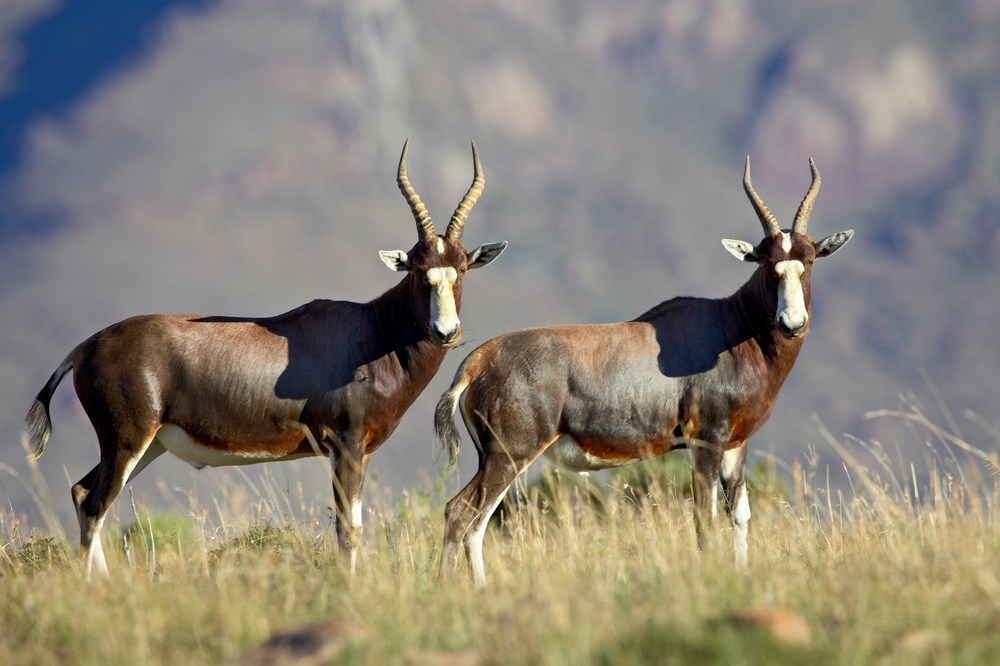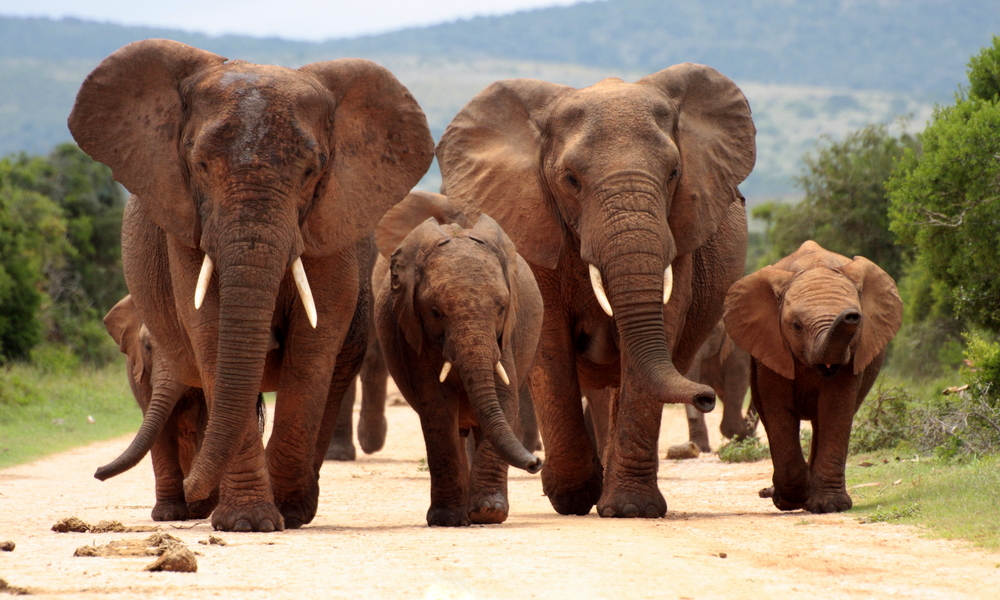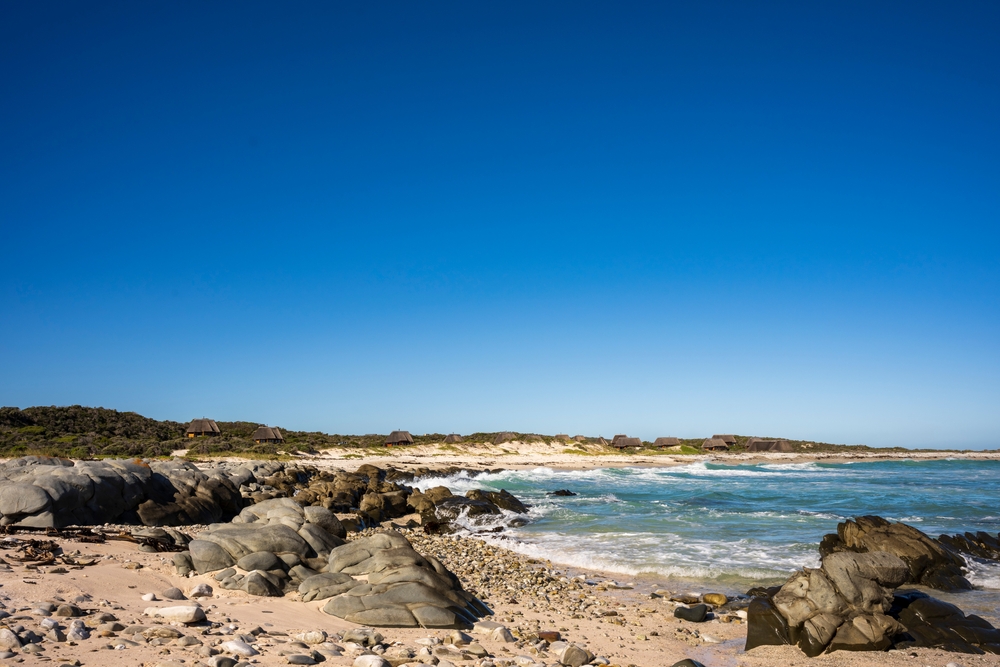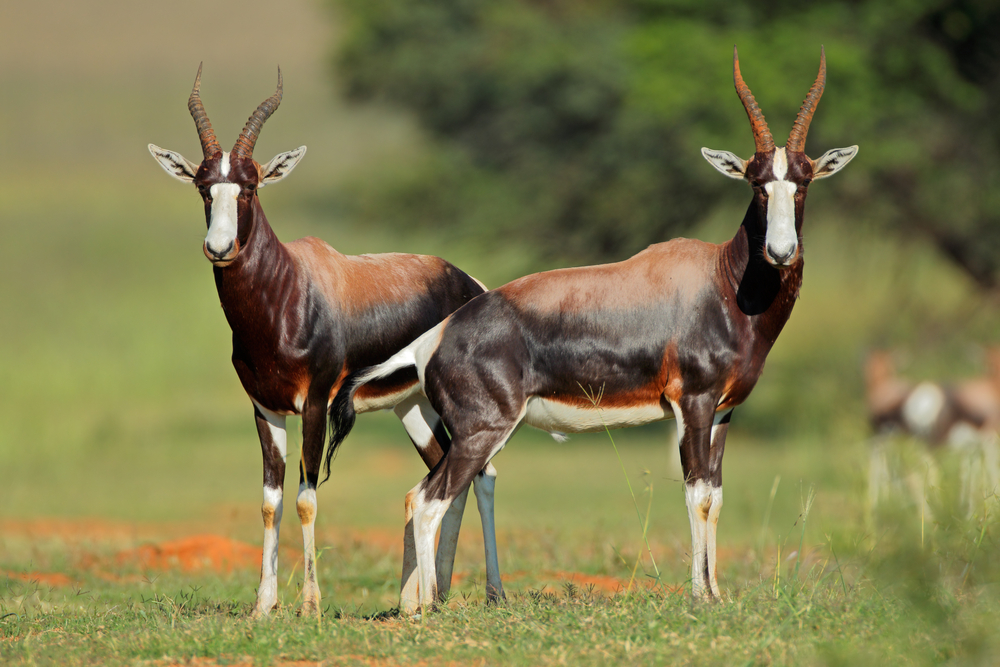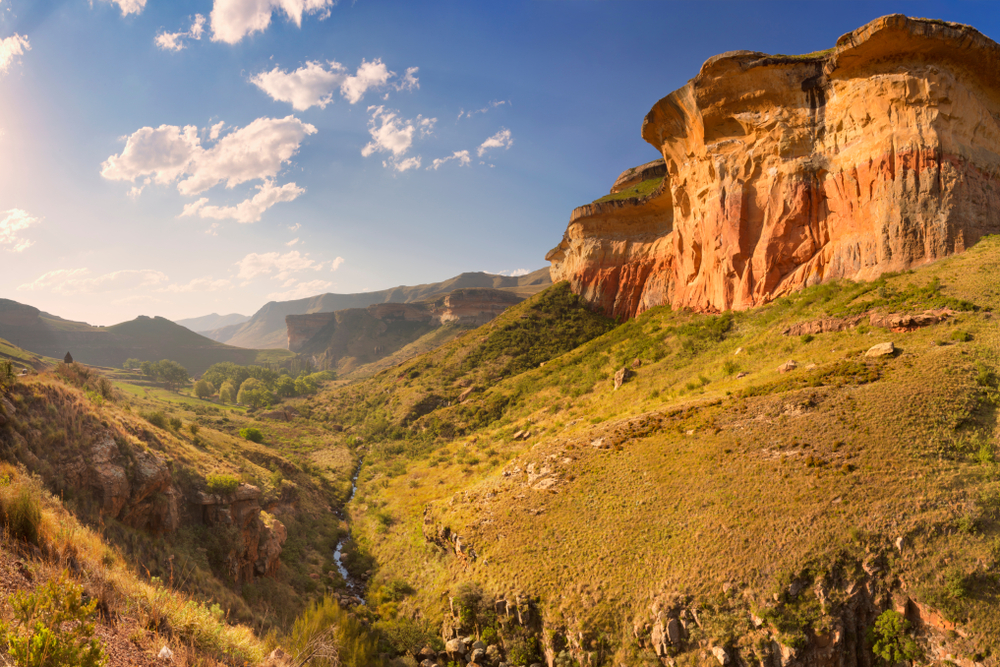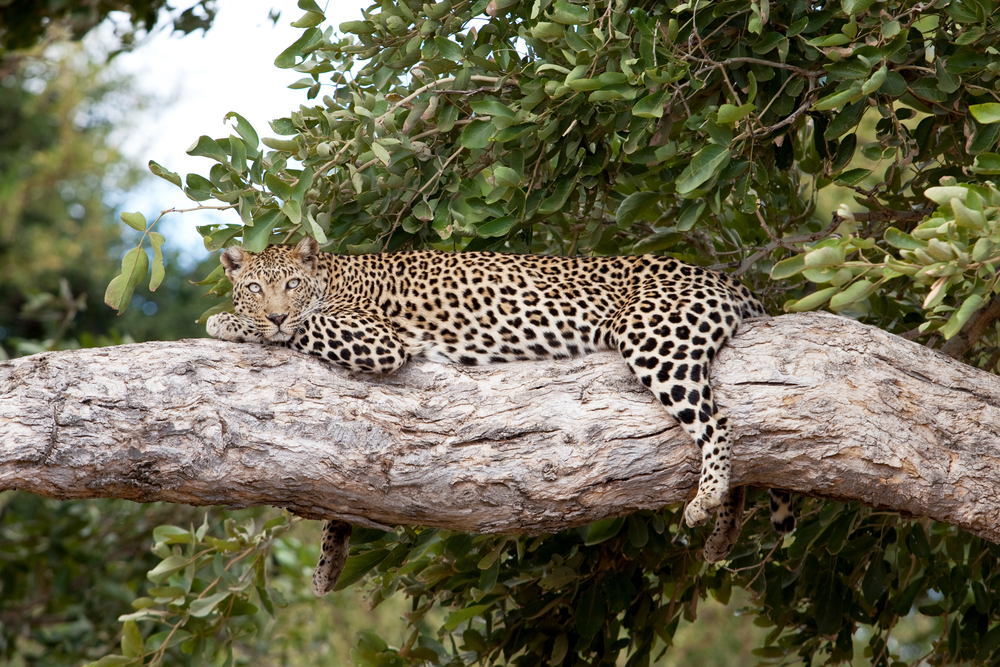Mountain Zebra Overview
Mountain Zebra National Park, located in the Eastern Cape Province of South Africa, near the town of Cradock, is a celebrated conservation area established in 1937. Spanning approximately 284 square kilometers (110 square miles), the park was originally created to protect the Cape mountain zebra, a species once on the brink of extinction. Locally referred to as “Bergkwagga Nasionale Park” in Afrikaans, it has grown into a thriving sanctuary for diverse wildlife and a popular destination for nature enthusiasts.
The park’s terrain is a striking mix of rugged mountain ranges, grassy plateaus, and deep valleys. The escarpments of the Bankberg Mountains dominate the landscape, providing dramatic backdrops and panoramic vistas. Seasonal rivers and streams wind through the valleys, supporting pockets of lush vegetation amidst the semi-arid environment. This varied terrain is not only visually stunning but also critical for sustaining the park’s biodiversity.
Mountain Zebra National Park is home to a variety of vegetation types, including savanna grasslands, acacia thickets, and patches of Karoo flora. These habitats support the endangered Cape mountain zebra, which now thrives within the park’s boundaries. Other notable wildlife includes cheetahs, black rhinos, buffalo, and bat-eared foxes. Antelope species such as eland, red hartebeest, and springbok are also commonly seen. Birdlife is abundant, with over 250 species recorded, including the blue crane, secretary bird, and Verreaux’s eagle, making it a rewarding destination for birdwatchers.
Visitors to Mountain Zebra National Park can immerse themselves in its natural beauty through a range of activities. Game drives, both self-guided and guided, offer opportunities to observe wildlife against the backdrop of the park’s stunning landscapes. The Rooiplaat Loop and Kranskop Loop are popular routes that showcase the diversity of the terrain. Hiking trails, such as the Black Eagle Trail and Imbila Trail, allow for closer exploration of the area’s flora and fauna. The park also features picnic areas and a swimming pool for visitors seeking relaxation. Adventurous guests can participate in cheetah tracking experiences or guided 4×4 trails, which provide thrilling opportunities to engage with the park’s wild beauty.
Despite its successes, Mountain Zebra National Park faces challenges such as habitat degradation, climate change, and the ongoing threat of poaching. Conservation efforts led by South African National Parks (SANParks) include habitat restoration, species reintroduction programs, and anti-poaching initiatives. Community engagement and environmental education programs aim to promote sustainable practices and foster local support for conservation.
Mountain Zebra National Park is a testament to the power of conservation and the resilience of nature. Its breathtaking landscapes, diverse wildlife, and historical significance make it a must-visit destination. By protecting this park, South Africa safeguards a critical part of its natural heritage and ensures the survival of the Cape mountain zebra and other species for future generations.








































































